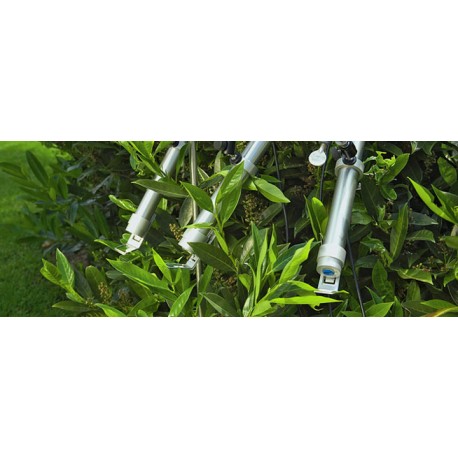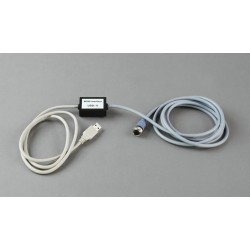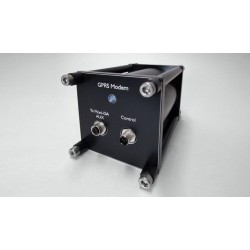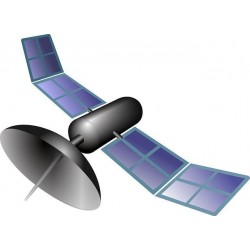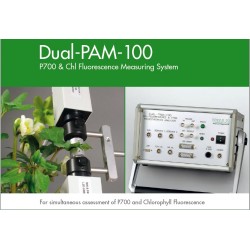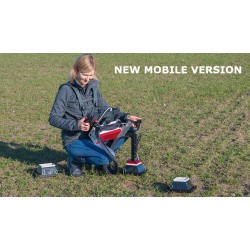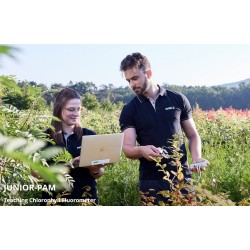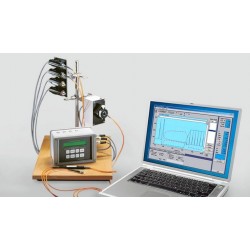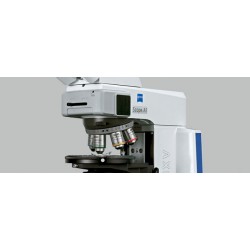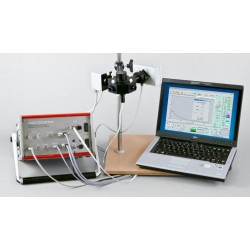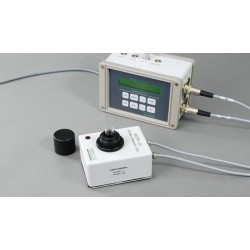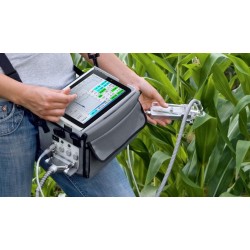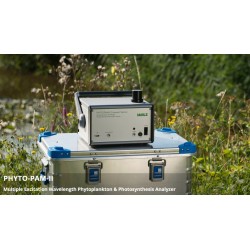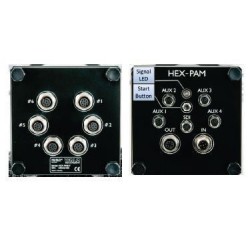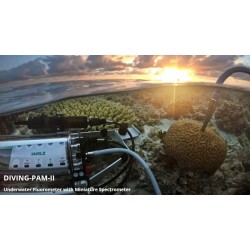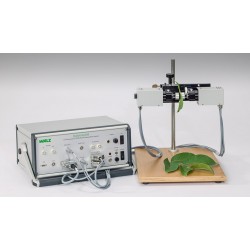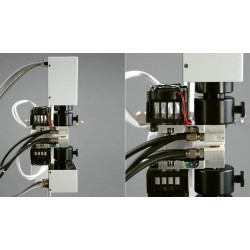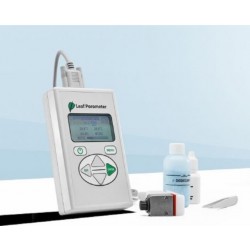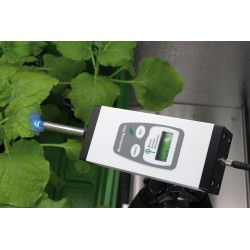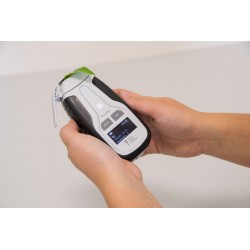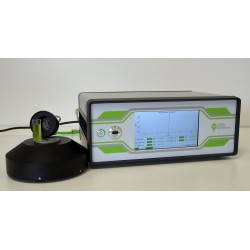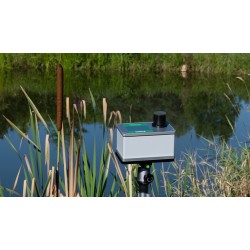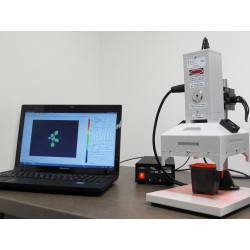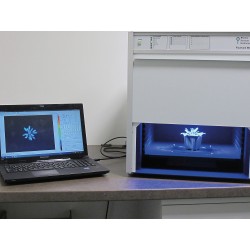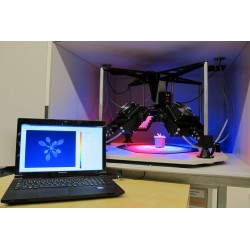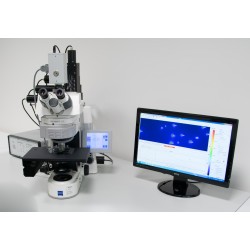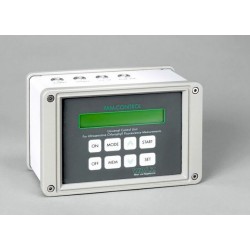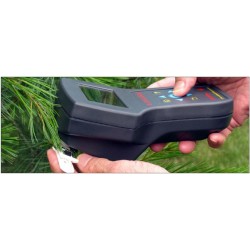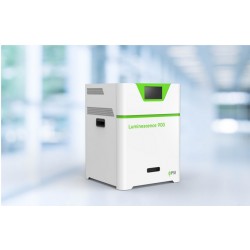No products
Prices are tax excluded
Product successfully added to your shopping cart
There are 0 items in your cart. There is 1 item in your cart.
MONITORING-PAM Fluorometer for Long-term Monitoring of Photosynthesis WALZ
MONITORING-PAM
New
The chlorophyll fluorometer MONITORING-PAM is designed for unattended, long-term and multi-site
monitoring of chlorophyll fluorescence in air or underwater. At each measuring site, compact and robust
emitter-detector units measure modulated chlorophyll fluorescence and perform saturation pulse analysis.
- Consulta este producto
- Remove this product from my favorite's list.
- Add this product to my list of favorites.
| Type of Instrument | Chlorophyll Fluorometers |
| The instrument measures: | Photosynthesis |
The chlorophyll fluorometer MONITORING-PAM is designed for unattended, long-term and multi-site monitoring of chlorophyll fluorescence in air or underwater. At each measuring site, compact and robust emitter-detector units measure modulated chlorophyll fluorescence and perform saturation pulse analysis.
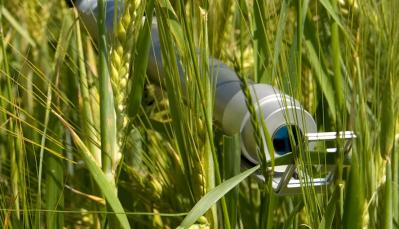
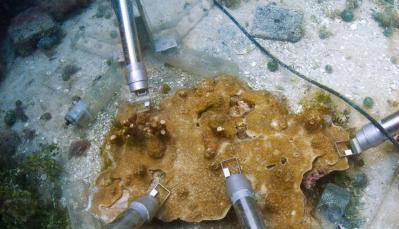
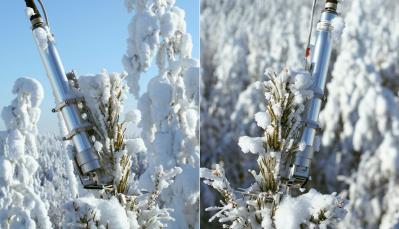
Depending on system configuration, up to seven sites per MONITORING-PAM system can be measured simultaneously. At each site, photosynthetically active radiation (PAR) at sample level is recorded so that relative electron transport rates can be derived from PAR data and photochemical yields of photosystem II.
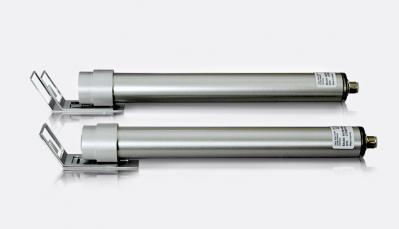
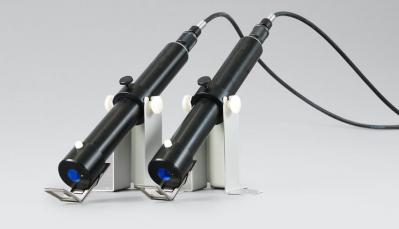
Measuring Head MONI-HEAD/485
General Design
Housing: Water-tight aluminum cylinder with one end featuring a ball lens for focusing modulated measuring light, actinic light and saturating light pulses on the sample, and collecting fluorescence. Opposite end of tube: M12 5-pole socket for RS485/power line
Sample clip: Consisting of 2 aluminum frames (3.5 x 2.5 cm), held together by a special O-ring, and mounted at a distance of 2.5 cm from the MONIHEAD/485 optical window. Angle between optical axis of the MONI-HEAD/485 and sample clip plane: 120°
Cables: Data/power cable, 10 m standard length (between MONI-HEAD/485 and MONI-IB4/LAN, MONI-HEAD/485 and MONI-DA, or MONI-DA and MONI-IB1)
Dimensions: Cylinder with diameter of 3 cm and length of 28 cm
Power consumption: Peak loads during saturating pulses 7 W. During measuring mode 0.2 W
Operating temperature: -15 to +40 °C
Weight: 250 g
Light Emission
Modulated fluorescence excitation: Blue power LED (peak wavelength 466 nm, full width at half maximum 22 nm). Photosynthetically active radiation (PAR) of measuring light at level of the sample clip range from 0.15 to 1.5 μmol m-2 s-1 at low modulation frequencies (5 to 25 Hz), and from 1.5 to 22.5 μmol m-2 s-1 at high modulation frequencies (100 to 500 Hz)
Actinic light: Same power LED as for modulated light. At level of sample clip, maximum photosynthetically active radiation of actinic light and saturating flashes of 1500 and more than 8500 μmol m-2 s-1
Sensors
Fluorescence: PIN-photodiode protected by longpass filter (50% transmittance at 645 nm). Selective window amplifier to measure pulse amplitude modulated (PAM) fluorescence
Photosynthetically active radiation (PAR): Integrated quantum sensor (photodiode protected by nearinfrared filters) measuring the radiation reflected by a 1.3 x 0.7 cm area of an optically diffuse Teflon sheet, 1 mm thick, mounted at the edge of the leaf clip
Temperature: Integrated-circuit temperature sensor on circuit board
Transport Box
Design: Aluminum box with custom foam packing for MONITORING-PAM including MONI-DA
Dimensions: 80 cm x 40 cm x 34 cm (L x W x H); 60 liter
Weight: 4.9 kg
ONLINE Configuration
The ONLINE configuration of the TERRESTRIAL version requires permanent power supply to the PC Interface Box MONI-IB4/LAN. The MONI-IB4/LAN provides input sockets for up to four RS-485 lines connecting to MONI-HEAD/485 emitter-detector heads. The LAN function of the MONI-IB4/LAN interface permits integration of the MONITORING-PAM in a local area network. In addition, RS-232 and USB communications are available for direct connection of the MONITORING-PAM with a Windows PC.
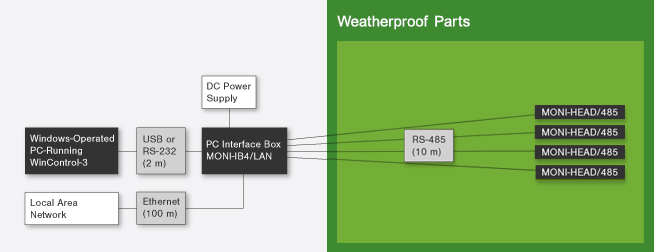
Distances between components of the ONLINE configurations are determined by lengths of communication and power cables. For example, samples can be about 10 m away from the computer in case of USB or RS-232 communication but this distance can be increased to more than 100 m when Ethernet is used.
STAND-ALONE Configuration
The STAND-ALONE configuration of the TERRESTRIAL version of the MONITORING-PAM is suited for independent long-term monitoring of photosynthesis at remote places in the absence of power supply. The system consists of the battery-powered data acquisition system MONI-DA, two solar panels MONI-SP and up to seven emitter-detector heads MONI-HEAD/485.
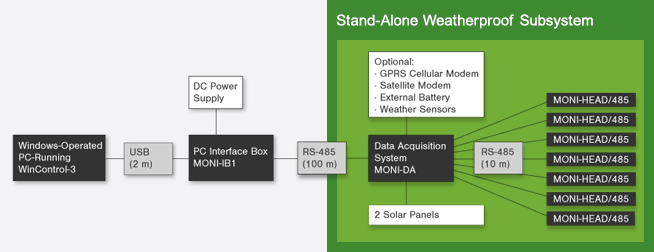
The MONI-DA logs data on a microSD flash card and, additionally, on an 8 MByte ring buffer. Online connection between MONI-DA and a Windows computer can be established using the interface MONI-IB1 and USB communication. By means of a telephone or satellite modem, data can be transmitted to distant computers with little time delay.
ONLINE Configuration
The ONLINE configuration of the AQUATIC version of the MONITORING-PAM permits measurement of photosynthesis of submersed plants. The ONLINE configuration requires external power supply and is operated by a Windows computer. The interface MONI-IB4/LANS permits connection to a Windows computer via Ethernet, RS-232 or USB communication.
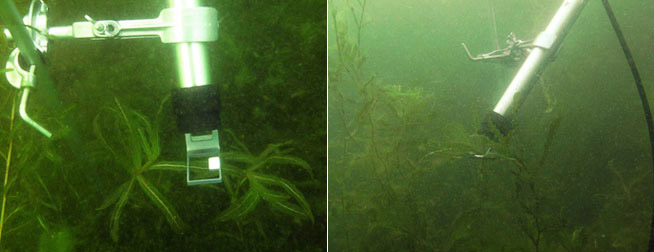
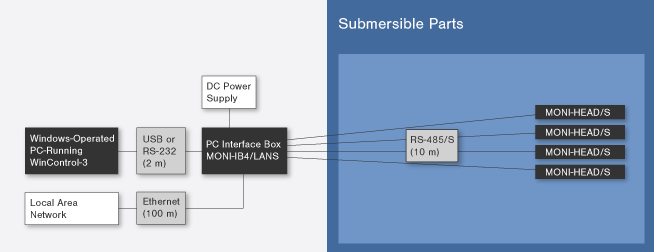
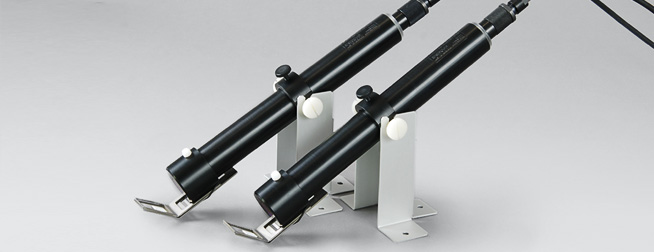
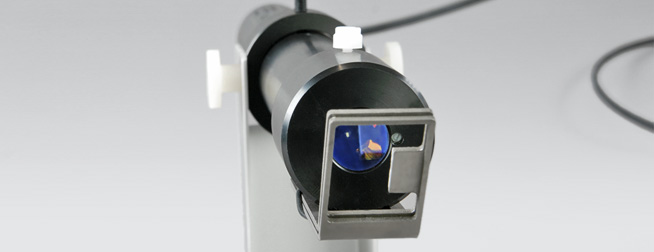
Up to four waterproof emitter-detector heads MONI-HEAD/S can be linked to the interface MONI-IB4/LANS. For this purpose, the interface provides four input sockets to connect underwater cables RS-485/S. The water depth of measuring sites is determined by the length of the RS-485/S underwater cables which is 10 m by default.
STAND-ALONE Configuration
The STAND-ALONE configuration of the AQUATIC version of the MONITORING-PAM is suited for long-term monitoring of chlorophyll fluorescence at water depths down to 75 m. The system consists of the waterproof battery-powered data acquisition system MONI-DA/S, the PC interface MONI-IB1/S, and up to seven waterproof emitter-detector heads MONI-HEAD/S.
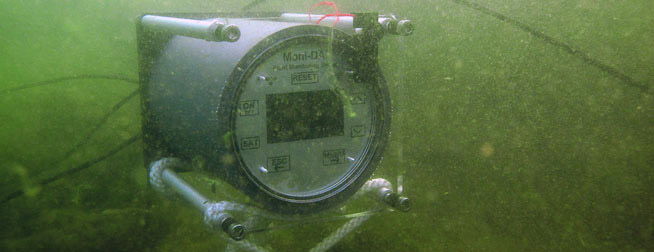
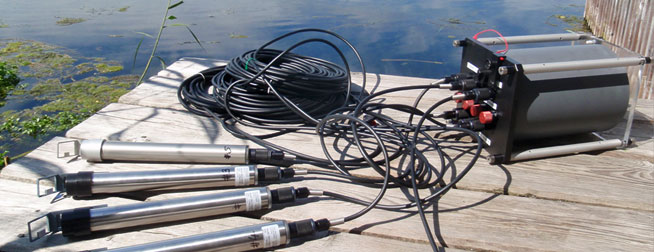
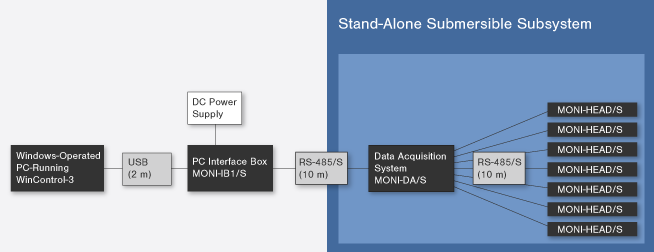
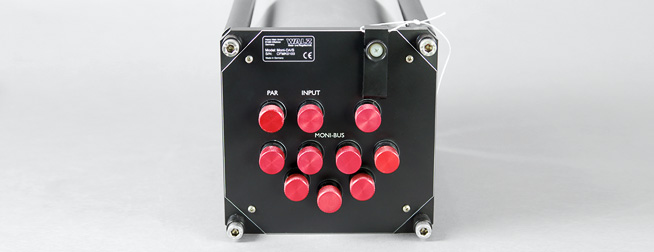
The MONI-DA/S runs for more than 4 weeks on battery with seven MONI-HEAD/S connected and a saturation pulse interval of 15 minutes. Data are logged on an internal ring buffer and on a non-removable microSD card. Data are transferred from the MONI-DA/S to a computer via the interface MONI-IB1/S. Unlike the MONI-DA of the TERRESTRIAL version, wireless data transfer is not feasible underwater.

